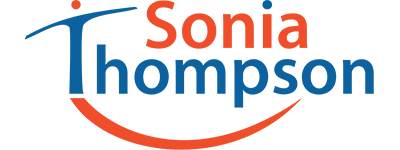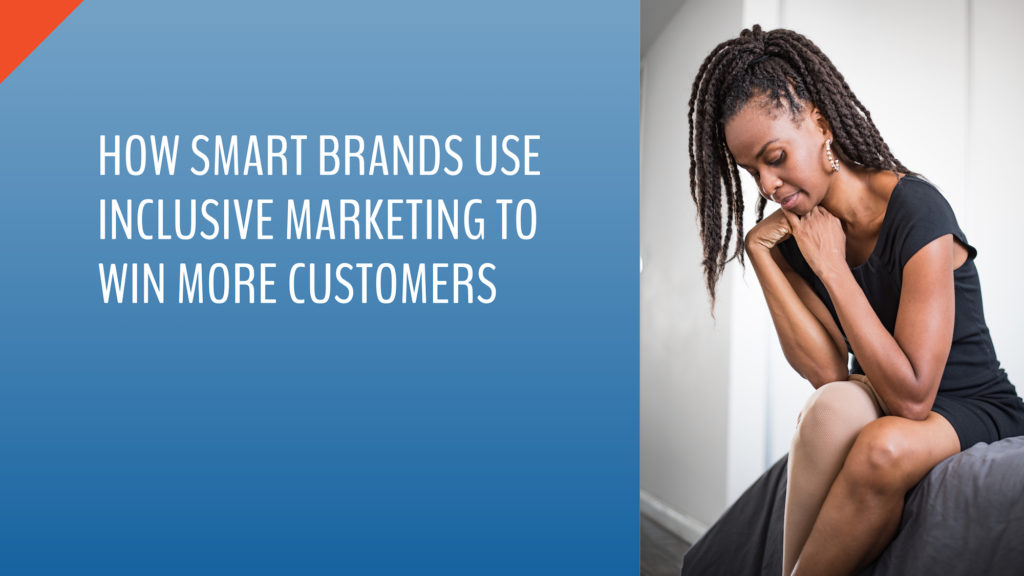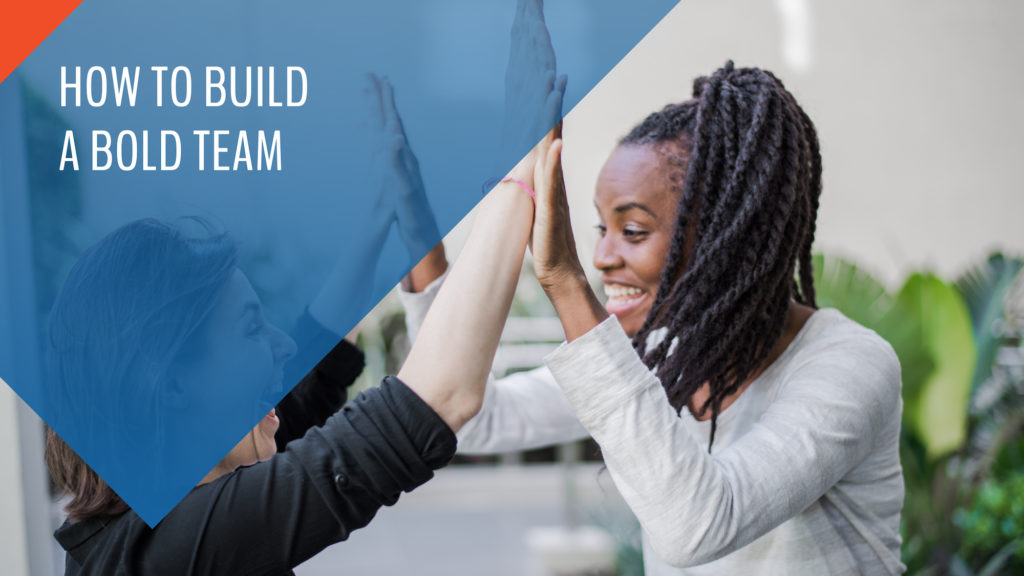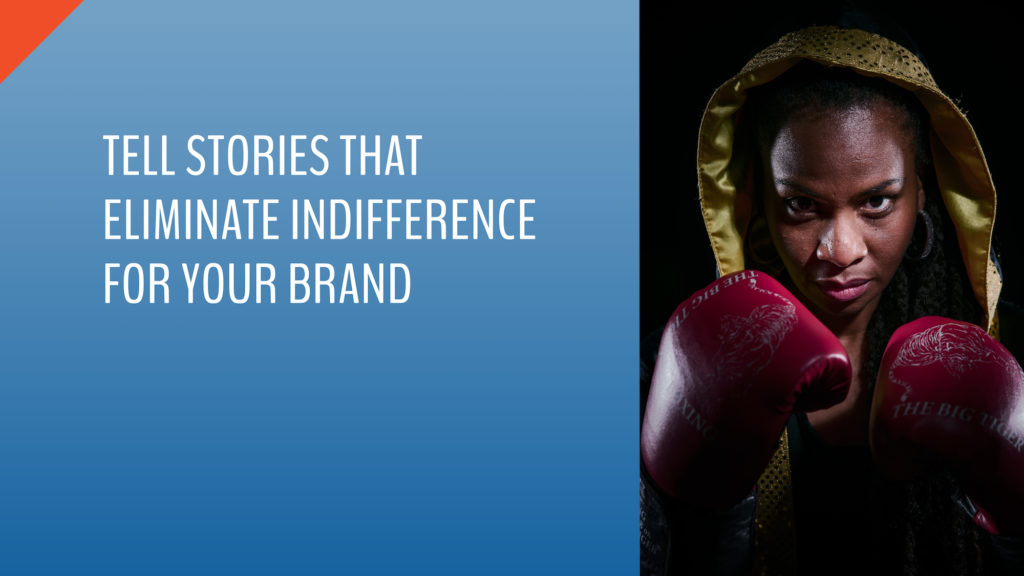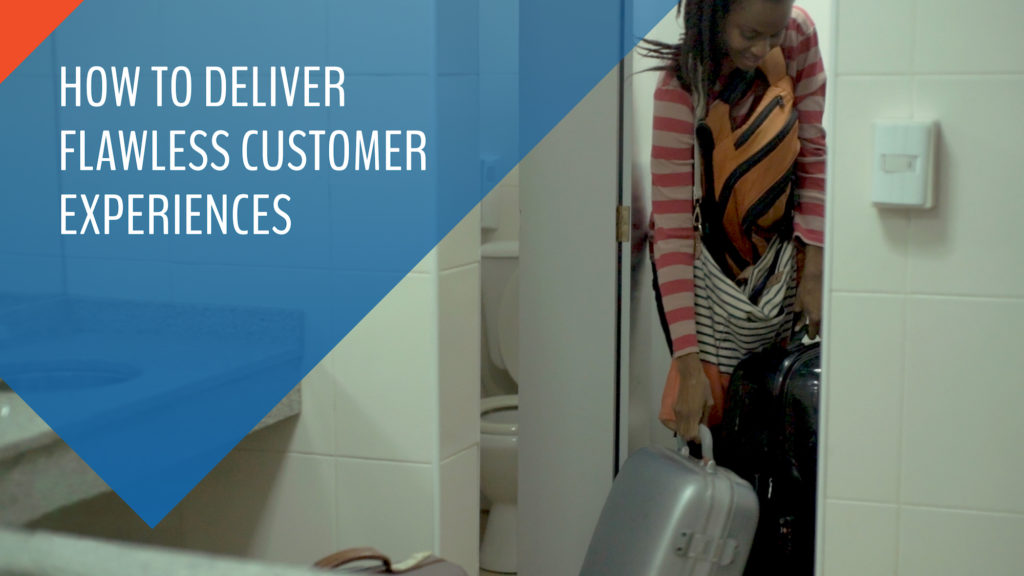
There’s a common misperception that exists that says that the only way to consistently deliver remarkable customer experiences is to be over-the-top all the time.
While over-the-top has it’s place, it isn’t a requirement to deliver a stellar customer experience for your brand. Depending on what your product or service is, focusing on simplicity in the user experience may give you the results you seek.
Last month I moved into a new apartment. The stove in my place was super fancy and sleek, but when I finally got around cooking, I struggled to figure out how to turn it on.
I pressed buttons again and again. I pressed them in different sequences. Nothing worked. After standing in front of the stove looking confused for longer than I care to admit, I finally turn to YouTube for help.
YouTube didn’t let me down. I found a video that gave me the step by step instructions I needed to operate the stove. I suppose it can be argued the problem was user error. But stoves, like most tools we use on a regular basis, should be intuitive.
Now every time I talk about that stove, my thought isn’t about how beautiful and sleek it is. I remember how silly I felt because I couldn’t figure out how to turn it on. I’ve told stories on social media about having to go to YouTube to figure it out.
The customer experience was remarkable, but for all the wrong reasons.
As you work to deliver experiences your customers can’t get enough of, firmly place your energy on reducing as much friction as you possibly can.
Friction causes frustration. Friction is an obstacle that stands between your customer and them getting the results they desire with your product.
As a business leader, you are in the transformation business. Your customers turn to you for help to get from where they are to where they want to go. That transformation isn’t always the easiest feat to achieve, so don’t make it more difficult for your customer by adding unnecessary friction to the process.
As frustrated as I was with my stove, replacing it wasn’t a viable option, so I hadto find a way to make it work. Once your customers get to a point of frustration, you can’t count on them to give you another chance.
1. Test out your product with potential customers.
Your design process and the choices you make for your product, website, or other aspects of your customer journey may make total sense to you. But when you see it in action with the customers who often use your product, you may find there are ways to improve upon your design.
I am frustrated every time I go to most airports and have to fumble in and out of the restroom with all my bags, because the doors open inward, rather than outward. I’m convinced that if the engineers just observed how many customers have this issue, particularly in the women’s restroom, they’d make a simple design fix that would significantly improve the experience.
2. Include your customers in the design process from the very beginning.
By co-creating with your customers, you increase the likelihood of producing products and services they want to buy, but also ones that incorporate elements that make their user experience go more smoothly.
Porsche went through an extensive customer listening and testing process when they were building their Cayenne SUV.
They started by surveying their customers on all the product features they were thinking of including. If customers were willing to pay for a feature, it got included. If customers didn’t value or weren’t willing to pay for a particular feature, it was out. The voice of the customer always had the final say in whether or not to include a product element.
As a result of their co-creation of the product and the elements that contributed to their customers’ experience with it, the Porsche Cayenne became a best seller and one of the most highly profitable SUVs in the industry according to financial site Motley Fool.
You can go through the same kind of co-creation process to build a product that has all the features your customers love, along with a seamless user experience. Surveys, focus groups, interviews, and user testing are all great ways to help you get started down this path.
As you work to build products, services, and experiences your customers can’t get enough of, put intense focus on creating a user experience that minimizes friction to maximize the joy.
